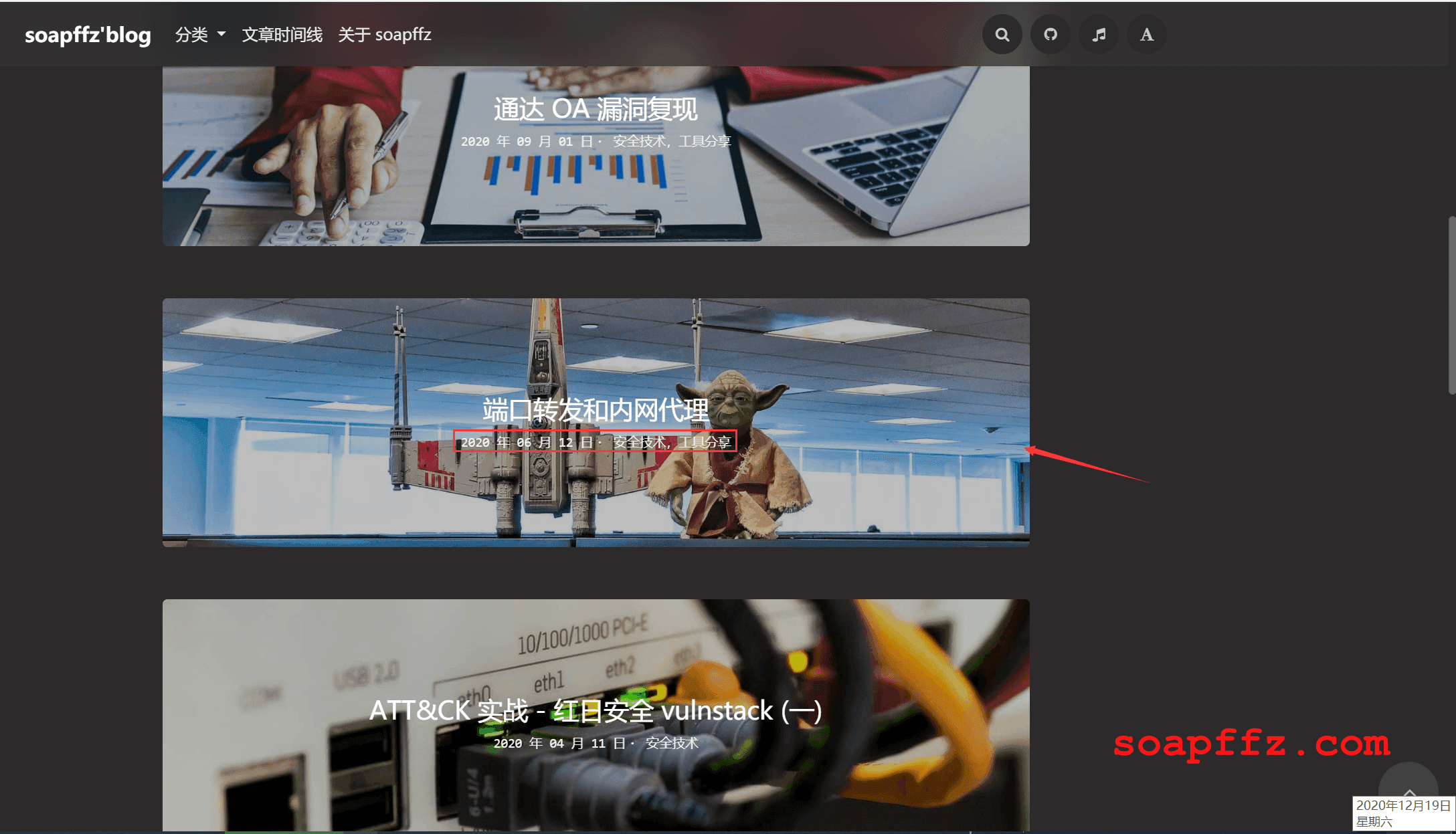事情起因#
是的,在把《端口转发和内网代理》起了标题,吹了牛逼,
无数次准备写又写不下来,放了半年之后



感谢三位催更的同学,让我有动力把它更新下去
放弃在一篇文章内就把这么大的内容一次说完的想法,准备以单个工具为尺度
按每篇文章介绍一个工具及技巧的方法,来把很重要的《代理及转发》内容说清楚
这篇为这一系列文章的总章(又开始立 flag 了)
概念介绍#
内网代理#
在日常渗透测试过程中,拿到shell的情况下常常由于权限不够,不能打草惊蛇,为了留下更少的痕迹,需要进一步对内网进行渗透或者各种各样的原因而没能直接登录主机进行进一步的操作,此时就需要将自己的渗透环境代入对方的网络中,这就叫内网代理
端口转发#
内网代理工具#
虽然大部分时候需根据实际环境调整,但是还是能从方便、稳定、实用等方面大致对常见的各种工具排个优先等级(仅代表个人观点,有其他建议的可以在评论区沟通讨论)